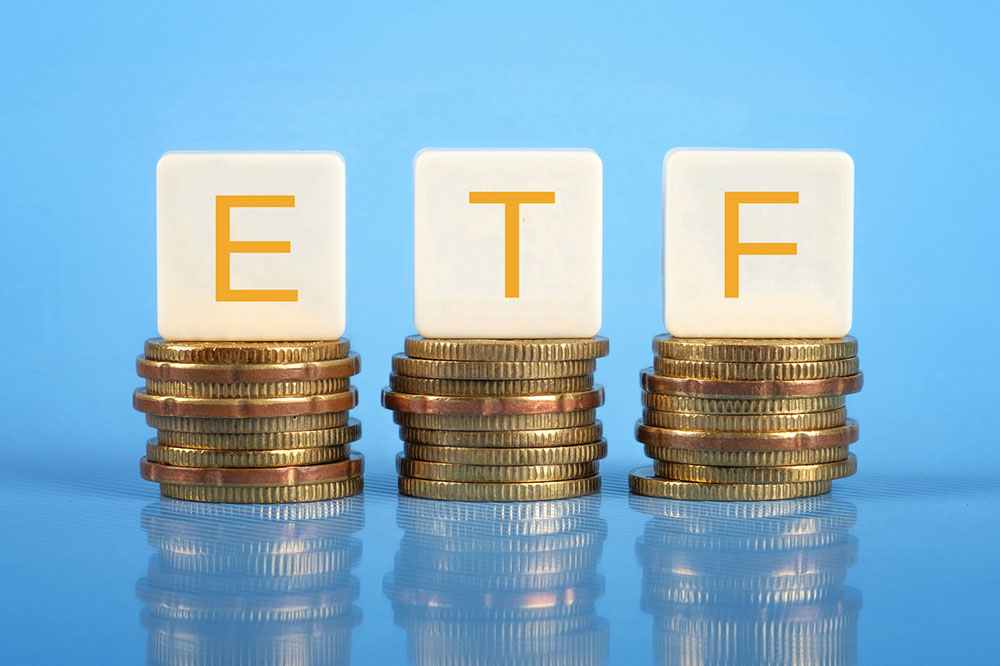Choosing the best ETFs during the current times
During the current uncertainty, choosing high dividend exchange-traded funds (ETFs) seems prudent. Several ETFs with high exposure to energy and real estate are floundering due to the novel coronavirus.
Here is a list of five high-dividend ETF funds that may be a good investment option during this pandemic:
Legg Mason Low Volatility High Dividend ETF (LVHD)
This dividend ETF provides two excellent features, higher payout and lower volatility. Although LVHD will generate negative returns in the current year, its performance is still better than the S&P 500. This fund tracks the QS Low Volatility High Dividend Index and allocates almost 25% of the weight in energy and real estate.

VictoryShares US Large Cap High Dividend Volatility Weighted ETF (CDL)
This fund is over five years old with more than $207 million in assets under management (AUM). CDL targets the Nasdaq US Large Cap High Dividend 100 Volatility Index. This fund does not adhere to stringent methodology and offers some versatility. This may result in yield-driven strategies that rely on a smaller number of investments. Another feature of this fund is that it has no exposure to the real estate sector but has a 22.84% exposure to financial services.
Xtrackers MSCI EAFE High Dividend Yield Equity ETF (HDEF)
During the current rough times, international equities are not providing high returns to investors. However, the 4.77% yield on HDEF makes it attractive to many. The fund’s energy exposure is low at 4.65%. Moreover, the integrated oil companies held by this fund are focusing on reducing expenses rather than lowering the dividends. HDEF has a 24.64% exposure in the UK, which may keep the returns steady during the current crisis. Additionally, the fund allocates 11% to Japan that should provide modest dividends. The expense ratio for HDEF is 0.20%.
Vanguard Small-Cap ETF (VB)
VB tracks the CRSP US Small Cap Index and offers an affordable option to invest in multiple small-cap securities. The median market capitalization for these stocks is $4.2 billion. When you invest in this fund, you are investing in the opportunity of buying a potential bounce-back driven by relative value rather than growth. The expense ratio for the Vanguard Small-Cap ETF is 0.05% and the dividend yield is 2%.
WisdomTree Emerging Markets ex-State Owned Enterprises ETF (XSOE)
As the nation continues its battle against coronavirus, China is resuming work, and fuel consumption is almost at its normal levels. Among the international funds, XSOE is a good option to build on the Chinese rebound and other emerging markets. This fund tracks WisdomTree Emerging Markets ex-State Owned Enterprises Index that invests in stocks across emerging markets that are not owned by the state. XSOE’s exposure to China stands at 39% followed by Taiwan and South Korea at 12.7% and 12.5%, respectively. The dividend yield is about 2.6% and the expense ratio is 0.32%.

